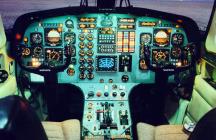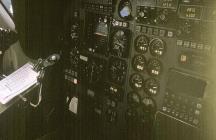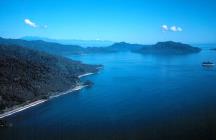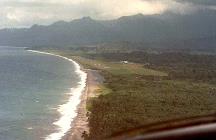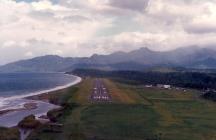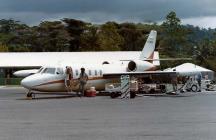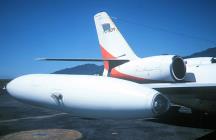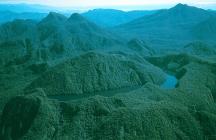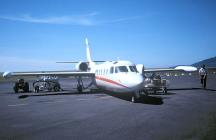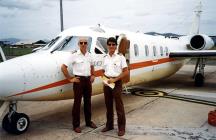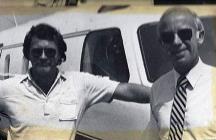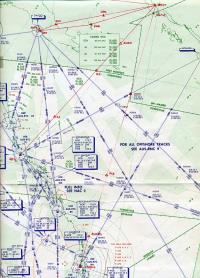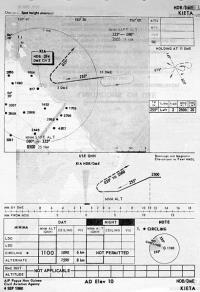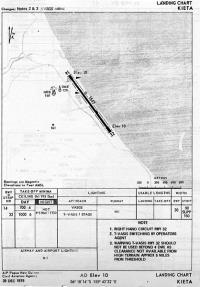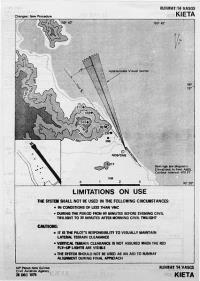Bougainville Copper & the Westwind
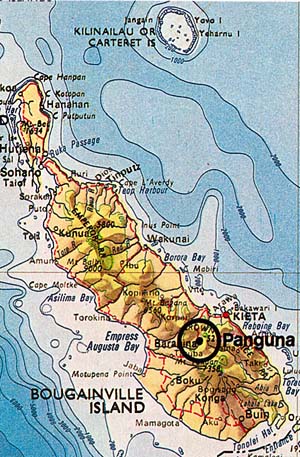 |
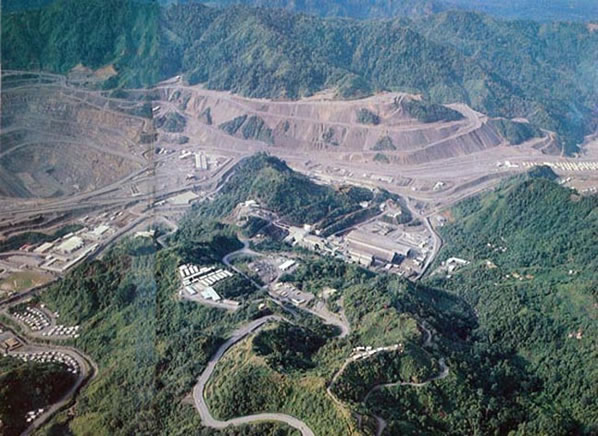 |
High in the tropical rain forests of Bougainville's Crown Prince Range, Bougainville Copper Limited (BCL) established one of the world's major open-cut mines to work the Panguna porphyry copper deposit. The mine had begun commercial production in April 1972. Massive by any standards, the mine provided 120,000 tons of ore a day for processing to copper concentrate – a premium product because of its additional gold and silver content. At its peak, the Panguna mine was one of the biggest single suppliers of copper and gold in the world. My association with BCL began in mid-1982, hired as one of five company pilots for their Westwind corporate jet airplane. The Westwind had been delivered from Israel the year before, to replace a Swearingen Merlin-3 turboprop that BCL had used for company transport between Australia and Bougainville Island. The Israeli built Westwind was an absolute delight to fly with its two powerful turbofan engines, with a cockpit full of the latest flight instrumentation, weather radar, an extended overwater navigation system, and HF long-range communication radio. Our scheduling, training, and flight operations were extremely professional thanks to the leadership and organizational skills of Neil Morris, the Chief Pilot at BCL. Neil (Neddie) had come to the rescue of Marilyn, Jordan, and me, providing the job with BCL, thereby allowing us to escape the limitations of New Zealand aviation, miserable weather, and the general ennui with the country of my birth. All pilots were based in the tropical Queensland city of Townsville, with aircraft maintenance handled at Kieta airfield on the eastern coast of Bougainville Island. The Westwind was Papua New Guinea (PNG) registered, and as such, could only be flown and maintained by PNG licensed personal. The BCL aircraft operation used a regular timetable, with the primary sector being Townsville to Kieta and return. Keita to Brisbane, and return, was flown with less frequency, and there was a once-weekly flight between Kieta and Port Moresby, the capital of PNG. For pilots, the regular timetable meant not being on constant call, unlike many other Corporate aircraft operations. Our homes and families were based in Townsville, with the pilots requiring frequent layovers at Bougainville and Brisbane. Unlike previous commercial aviation jobs I had suffered since leaving the Air Force, BCL paid good salaries, provided other benefits such as low-interest house purchase loans and additional medical coverage. Essentially, this was my first real employment opportunity in the civilian world, and with the bonus of flying a high-performance jet-powered airplane.
|
It had been twenty years since I'd last flown a turbo-jet, the De Havilland Vampire fighter/bomber, an experience that had been incredibly exciting, albeit short-lived. After operating propeller-driven airplanes for so long, the opportunity to fly the turbo-jet-powered Westwind became a window into a future that had been unattainable for twenty years. The mantra had so often been, If you've never flown a jet, then you can't possibly do it. As a generation of military and airline pilots learned during the 1950s-1960s, piston-engine/propeller airplanes' transition to jets was easy, stress-free, and fun. Neddie once commented that the only difficult thing about flying a jet plane Is getting the job in the first place. My Type Conversion training on the Westwind began with a classroom centered Ground School held at Essendon airport, near Melbourne. The only Flight Simulator for the Westwind was in the USA, owned by FlightSafety and located at Wilmington airport in Delaware. Therefore, actual flight training was done on BCL's aircraft, operating out of Townsville, Cairns, and Kieta airports with Dave from Essendon. Handling the Westwind, its navigation systems, and the two rear-mounted turbofan engines was like a wet dream come true. I had loved flying around the world in the Merlin 3-B's, with their twin turboprop engines, but driving this powerful jet plane was a significant step toward an exciting aviation future. As it happened, only a few years later, I would be flying the Big Jets: the three-engine Boeing 727 and four-engine Boeing 747, both faster than the Westwind, though lacking the glamour and opulence of this brand new Corporate Jet. To complete my transition to flying a PNG registered airplane, I was required to spend a week at Port Moresby, studying for and passing written exams on the PNG Civil Aviation Regulations to be granted a Senior Commercial Pilot Licence and Instrument Rating. I've often told an attentive audience of white-guilt PC liberal Americans in Reno that to have the PNG Licence issued, I was required to show up in a grass skirt, a bone through my nose, and holding a spear. Retired pilots in the audience, mostly military, thought it was a hilarious joke. Others would snigger or be appalled – until I said, "just joking." Oddly, a few didn't return to the next episode of my Sixty Years of Living Dangerously presentations. I guess stand-up comedy was not their thing?
Copyright©2020 Peter Tremayne, Reno NV
|
|
|


